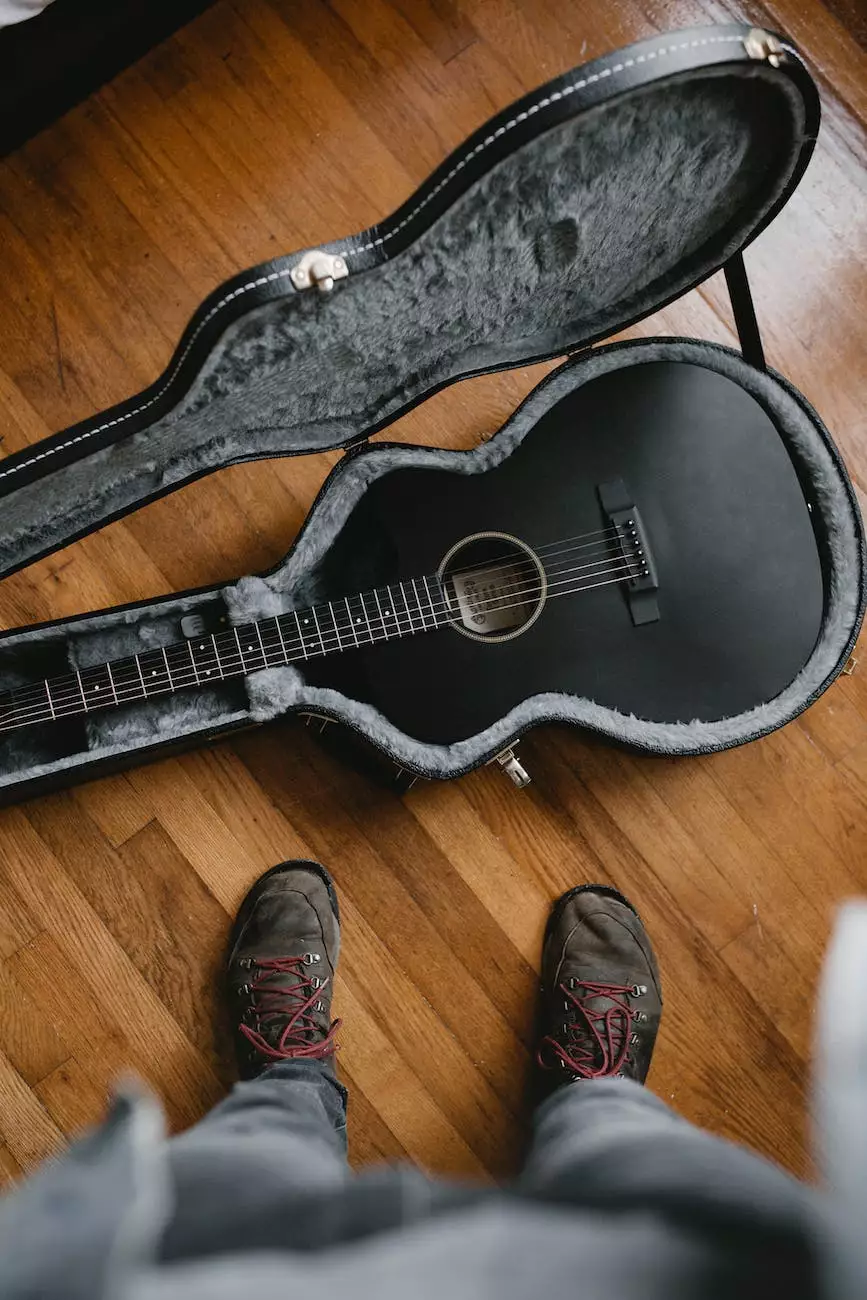How to Read Guitar Tabs for Beginners

Are you a beginner guitarist eager to learn how to read guitar tabs? Look no further! At Kenny Mathews Music, we understand the importance of comprehensive learning resources for aspiring musicians. In this guide, we will walk you through the process of reading guitar tabs, step by step, empowering you to play your favorite songs with ease and confidence.
Introduction to Guitar Tabs
Guitar tabs, also known as tablature, provide a simplified approach to reading and playing music on the guitar. Unlike traditional sheet music, guitar tabs use a system of numbers, lines, and symbols to represent specific finger positions on the guitar strings.
Understanding guitar tabs is essential for any guitarist, as it opens up a world of possibilities when it comes to playing songs, riffs, and solos. Whether you're a complete beginner or have some experience with the guitar, our guide will provide you with the knowledge you need to start reading guitar tabs confidently.
Getting Familiar with Tab Notation
Before diving into reading specific guitar tabs, let's familiarize ourselves with the basic tab notation. A typical guitar tab consists of six horizontal lines, each representing a guitar string:
- The top line represents the thinnest string (high E string)
- The bottom line represents the thickest string (low E string)
To indicate which fret to play on a particular string, numbers are placed on the corresponding line. For example, if you see the number 3 on the second line, it means you should press down on the third fret of the second string (B string).
In addition to numbers, various symbols and techniques are used in guitar tabs:
- Hammer-on (h): Play a note by quickly pressing a finger onto a higher fret
- Pull-off (p): Release a finger from a higher fret to a lower one while maintaining a continuous sound
- Slide (s): Transition smoothly between two notes by sliding your finger up or down the fretboard
- Bend (b): Gradually increase the pitch of a note by bending the string with a finger
- Vibrato (v): Add subtle variations to the pitch of a sustained note by rapidly oscillating your finger
Reading Guitar Tabs: Step-by-Step Guide
Now that we have a basic understanding of guitar tab notation, let's walk through the process of reading guitar tabs in more detail:
1. Start with the Song Structure
Begin by identifying the song structure indicated by the tabs. Look for repetitions, verse and chorus sections, instrumental breaks, and any other unique parts of the song. Understanding the overall structure will help you navigate through the tabs more efficiently.
2. Learn the Chords
Next, identify the chord shapes used in the song. Guitar tabs often include chord diagrams or symbols above the tablature to indicate when to switch between chords. Practice transitioning between chords smoothly before incorporating the individual notes.
3. Focus on Riffs and Lead Lines
Once you're comfortable with the song's chords, dive into the specific riffs and lead lines indicated in the tabs. Pay attention to the timing, rhythm, and technique required to play these sections accurately. Start slow and gradually increase your speed as you become more proficient.
4. Add Artistic Elements
While guitar tabs provide the essential framework for a song, don't be afraid to add your personal touch and artistic interpretation. Experiment with techniques such as vibrato, slides, and bends to bring the music to life and make it your own.
5. Practice, Practice, Practice
Reading guitar tabs is a skill that improves with practice. Set aside regular practice sessions to reinforce your understanding of guitar tab notation and enhance your finger dexterity. Consistency and dedication are key to becoming a proficient guitarist.
Taking Your Guitar Playing to the Next Level
At Kenny Mathews Music, we believe in providing comprehensive resources to help you grow as a guitarist. Alongside learning how to read guitar tabs, consider exploring music theory, proper finger placement, and other techniques to expand your musical horizons.
Remember, learning the guitar is a journey, and each step you take brings you closer to achieving your musical goals. Don't be afraid to challenge yourself, seek guidance from experienced musicians, and immerse yourself in the rich world of guitar playing.
Join Our Arts & Entertainment - Music Community
Are you passionate about music? Join our vibrant Arts & Entertainment - Music community at Kenny Mathews Music. Connect with fellow guitarists, share your progress, and explore a plethora of valuable resources designed to enhance your musical journey.
Sign up today and gain access to exclusive tutorials, expert tips, and engaging discussions. Let's embark on this musical adventure together!
© 2023 Kenny Mathews Music. All rights reserved.









